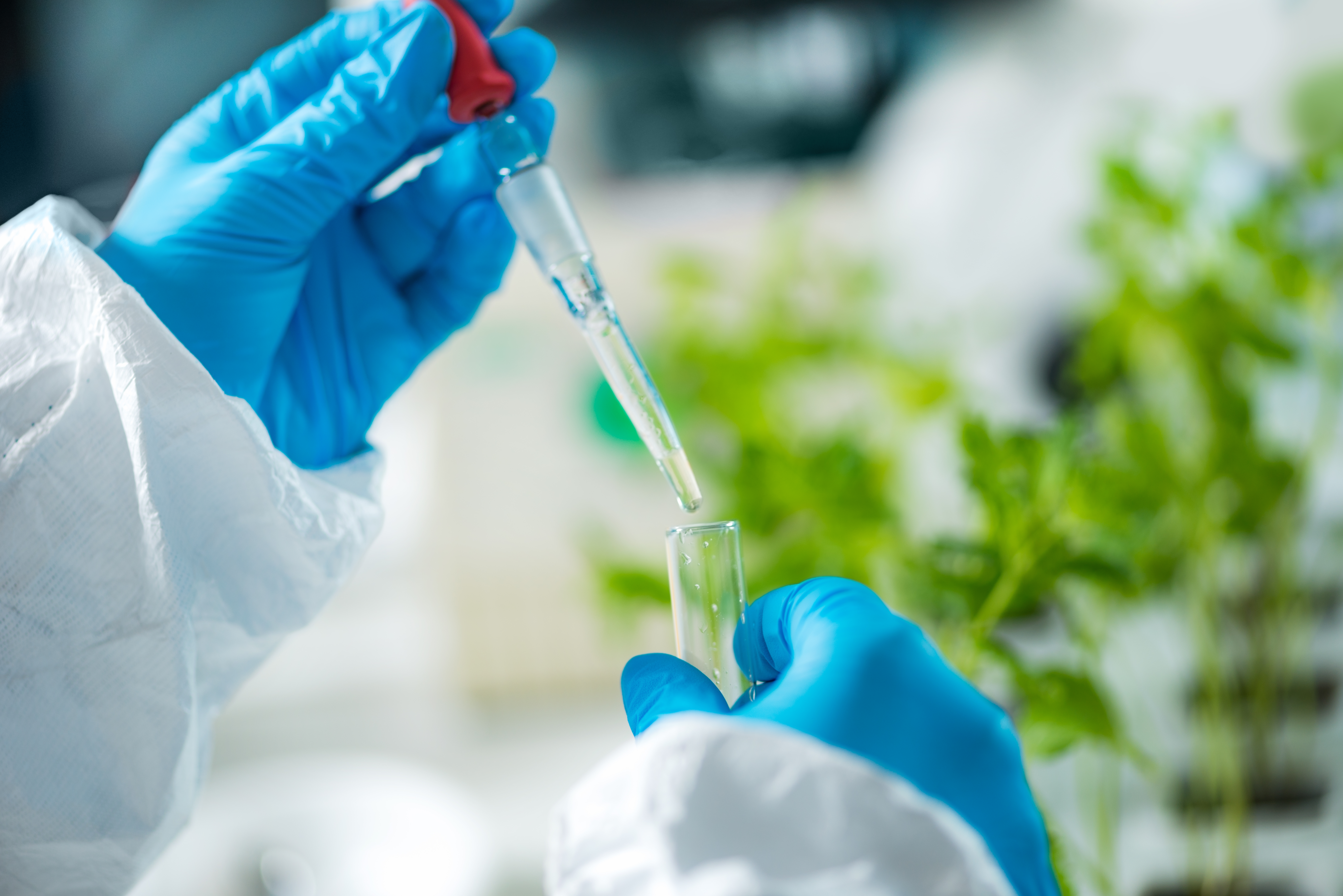What's in your water?

One aspect of farming that is often overlooked is the quality of source water being used for crop production. For many greenhouse growers, winter provides a break to clean up and analyze data after a long growing season. Having a sample of your source water analyzed from time to time provides important information for realizing patterns and planning for the next growing season.
Results from a water analysis provide the following information:
- Electrical conductivity (expressed in mS) – total concentration of salts dissolved in your water
- pH – acidity or alkalinity of your water; pure water has a pH of 7.0
- Concentration of ions dissolved in water – narrowed down to essential elements for plant nutrition. Read about these important elements here.
- Presence of carbonates and bicarbonates (“hardness” of your water) – concentration of bicarbonates (up to pH 8.2) and/or carbonates (pH of 8.3+) that increase pH buffering capacity
It is important to take action once you receive your results so you could potentially improve your production by:
- Adjusting the EC so as not to exceed the set points appropriate for any given time of the year
- Meeting nutrient targets for the crop being grown; saving money by switching from a pre-mixed fertilizer to a custom recipe which prevents over-feeding your crop nutrients already found in your source water.
- Properly adjusting pH to keep the nutrient solution closer to your set point based on the hardness of your water and the presence of individual ions
Contact CropKing for options to have your water sample analyzed. We also offer an interpretation service for water and tissue samples, and can make recommendations based on the results.
For more information on our custom fertilizer recipes, click here!
Bonus: Sending plant tissue samples to a lab and having them analyzed is also an important step in improving your operation. Tissue analyses provide a breakdown of elements present in the sampled crops. Growers receive the greatest benefit from tissue analyses by:
- Sending samples before and after altering fertilizer and/or pH regimes
- Provides quantitative data to show how changes affect crop nutrition
- Submitting multiple samples throughout the growing season to quickly catch imbalances
- Compiling results and identifying patterns to improve future production
